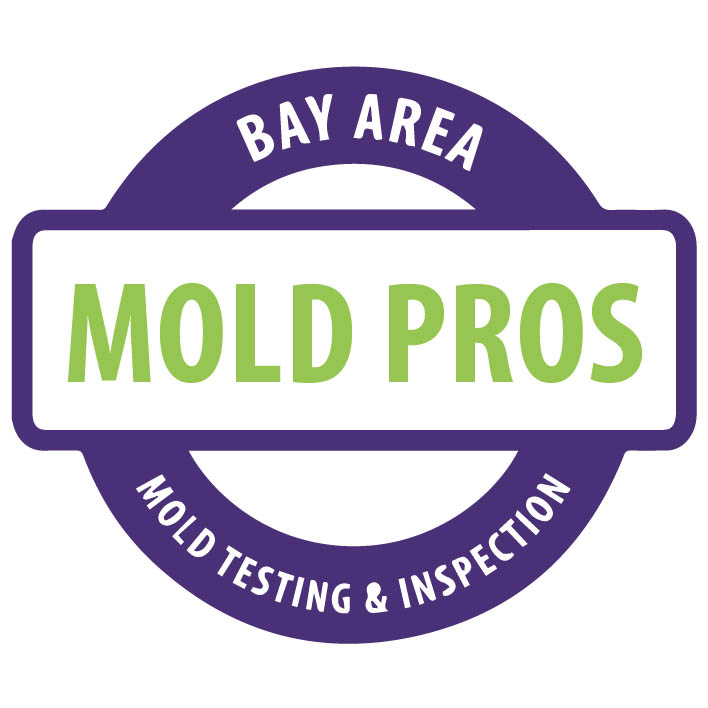The tenants living in this home in Oakland came home to a flooded basement. They notified their landlord, who sent a plumbing crew out within a day to shut off the water and to repair the broken supply line.
The landlord then had the water pumped out of the basement and brought in fans to dry out the space, assuring the tenants that this would, “…prevent a mold problem.” Well, the standing water dried out, but the tenants believed that they could smell mold and they decided to call out Bay Area Mold Pros for an inspection.
I immediately detected a very strong smell of mold growth, and I took several moisture readings with a variety of meters. I found that both the framing atop the foundation, and the drywall covering this framing, were saturated with water. I could see mold growing on both surfaces, and took air samples throughout the basement.
The lab found high levels of mold spores in every major category, including a fairly high level of marker spores, identified by the lab as Stachybotrys.
This case illustrates what can happen when an inadequate remediation occurs. Many homeowners believe that they can perform their own mold remediation by simply drying out an area that had been subjected to a water-intrusion event. But it’s not that simple. Effective remediations include not just a drying-out process, they involve an appropriate cleaning of all affected surfaces, as well as a proper cleaning of the air through the use of both air scrubbers and machines which utilize negative-air pressure to transfer the mold spores to a location outside of the home.
Property owners who try to save the costs of professional remediations are engaging in a “penny-wise and pound-foolish” approach to what can often be a serious problem. It’s much better to handle any potential mold growth problem as quickly and as effectively as possible as soon as the problem is discovered. Half-measures and money-saving schemes will likely results in what happened in this home…a science project!
